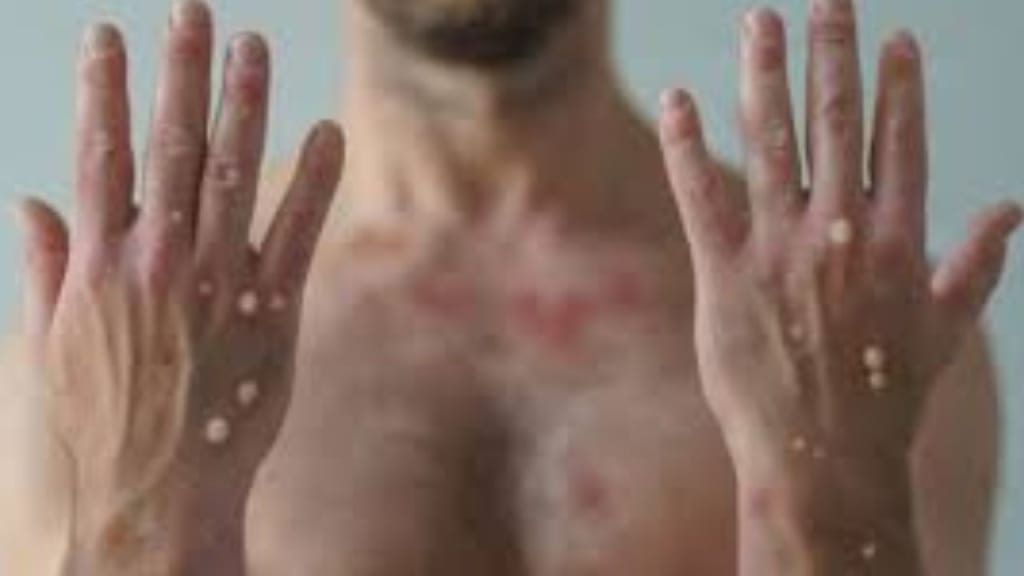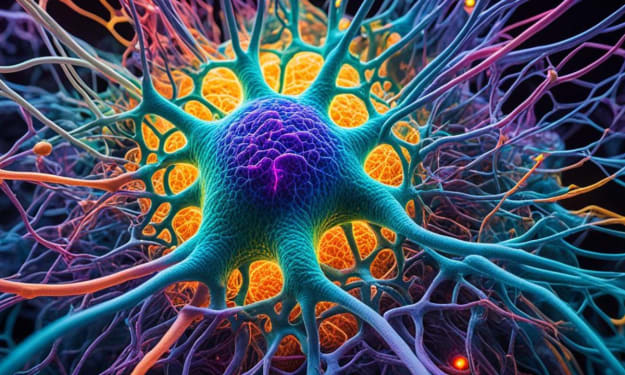Monkeypox Outbreak: The Evolving Threat
Understanding the Spread, Symptoms, and Prevention of Monkeypox

Monkeypox Outbreak: The Evolving Threat
Monkeypox, a viral zoonotic disease, has been making headlines as an evolving threat in various parts of the world. First identified in humans in 1970 in the Democratic Republic of Congo, monkeypox has sporadically appeared in Africa. However, recent outbreaks in non-endemic countries have raised global concerns. This article delves into the nature of monkeypox, its symptoms, transmission, and the measures needed to prevent its spread.
What is Monkeypox?
Monkeypox is a viral infection caused by the monkeypox virus, a member of the Orthopoxvirus genus, which also includes the variola virus (which causes smallpox), the vaccinia virus (used in the smallpox vaccine), and the cowpox virus. The disease was named after the first identified outbreaks in laboratory monkeys in 1958. However, the virus is primarily transmitted to humans from wild animals such as rodents and primates, and secondary spread through human-to-human transmission is limited but can occur.
Symptoms of Monkeypox
The incubation period of monkeypox (from infection to onset of symptoms) is usually 6 to 13 days but can range from 5 to 21 days. The infection can be divided into two periods:
1. **The Invasion Period (lasts 0-5 days)**:
- Fever
- Intense headache
- Lymphadenopathy (swelling of the lymph nodes)
- Back pain
- Myalgia (muscle aches)
- Intense asthenia (lack of energy)
2. **The Skin Eruption Period (within 1-3 days after fever onset)**:
- Rash, often starting on the face and then spreading to other parts of the body.
- The rash progresses through the following stages: macules, papules, vesicles, pustules, and scabs.
- Lesions are typically well-circumscribed and deep-seated, often appearing on the palms of the hands and soles of the feet.
The disease is usually self-limiting, with symptoms lasting from 2 to 4 weeks. Severe cases can occur, particularly among children, and are related to the extent of virus exposure, patient health status, and the nature of complications.
Transmission of Monkeypox
Monkeypox can spread to humans through contact with an infected animal, human, or materials contaminated with the virus. Animal-to-human transmission occurs through bites or scratches, bush meat preparation, direct contact with body fluids or lesion material, and indirect contact with lesion material, such as through contaminated bedding. Human-to-human transmission can result from close contact with respiratory secretions, skin lesions of an infected person, or recently contaminated objects.
The virus enters the body through broken skin (even if not visible), the respiratory tract, or the mucous membranes (eyes, nose, or mouth). Human-to-human transmission is believed to occur primarily through large respiratory droplets. As respiratory droplets generally cannot travel more than a few feet, prolonged face-to-face contact is required.
Recent Outbreaks and Global Spread
In 2022, monkeypox outbreaks were reported in non-endemic countries, including in Europe and North America. This unusual spread led to increased awareness and monitoring globally. The World Health Organization (WHO) has been actively involved in investigating these outbreaks and has emphasized the need for global surveillance and response.
Prevention and Control Measures
Prevention and control of monkeypox require a multi-faceted approach:
1. **Vaccination**:
- The smallpox vaccine has been proven to be about 85% effective in preventing monkeypox.
- In 2019, a new vaccine based on a modified vaccinia Ankara strain was approved for the prevention of monkeypox. However, availability remains limited.
2. **Public Health Education**:
- Raising awareness of risk factors and educating people about the measures they can take to reduce exposure to the virus.
- Encouraging behaviours such as avoiding contact with animals that could harbour the virus, and avoiding consumption of bush meat.
3. **Personal Protective Measures**:
- Isolating infected patients from others who could be at risk.
- Practicing good hand hygiene after caring for or visiting sick people.
- Using personal protective equipment (PPE) when caring for patients.
4. **Travel and Trade Restrictions**:
- Implementing travel advisories and restrictions to prevent the spread of the virus across borders.
- Monitoring and regulating the trade of animals that could be potential carriers of the virus.
5. **Prompt Diagnosis and Treatment**:
- Strengthening diagnostic capacity in affected areas.
- Providing supportive care to relieve symptoms and manage complications.
- Investigating and managing contacts of confirmed cases.
The Role of Global Health Organizations
Organizations like the WHO and Centers for Disease Control and Prevention (CDC) play crucial roles in monitoring and controlling the spread of monkeypox. They provide guidelines for diagnosis, treatment, and prevention, and support countries in implementing effective response measures. Additionally, they are involved in research to understand the virus better and develop more effective treatments and vaccines.
The Importance of Research and Surveillance
Continued research is essential to fully understand monkeypox and develop better tools for prevention and treatment. Surveillance systems must be strengthened to detect and respond to outbreaks quickly. This includes improving laboratory capacity to confirm cases, training healthcare workers to recognise symptoms, and ensuring public health officials are prepared to implement control measures.
Conclusion
Monkeypox is an evolving threat that requires coordinated global efforts to prevent and control. Understanding the nature of the virus, its symptoms, and transmission methods is crucial for effective response. Public health education, vaccination, personal protective measures, and robust surveillance systems are key components in managing the threat posed by monkeypox. With continued vigilance and international cooperation, it is possible to mitigate the impact of this disease and protect public health.
About the Creator
Enjoyed the story? Support the Creator.
Subscribe for free to receive all their stories in your feed. You could also pledge your support or give them a one-off tip, letting them know you appreciate their work.





Comments
There are no comments for this story
Be the first to respond and start the conversation.